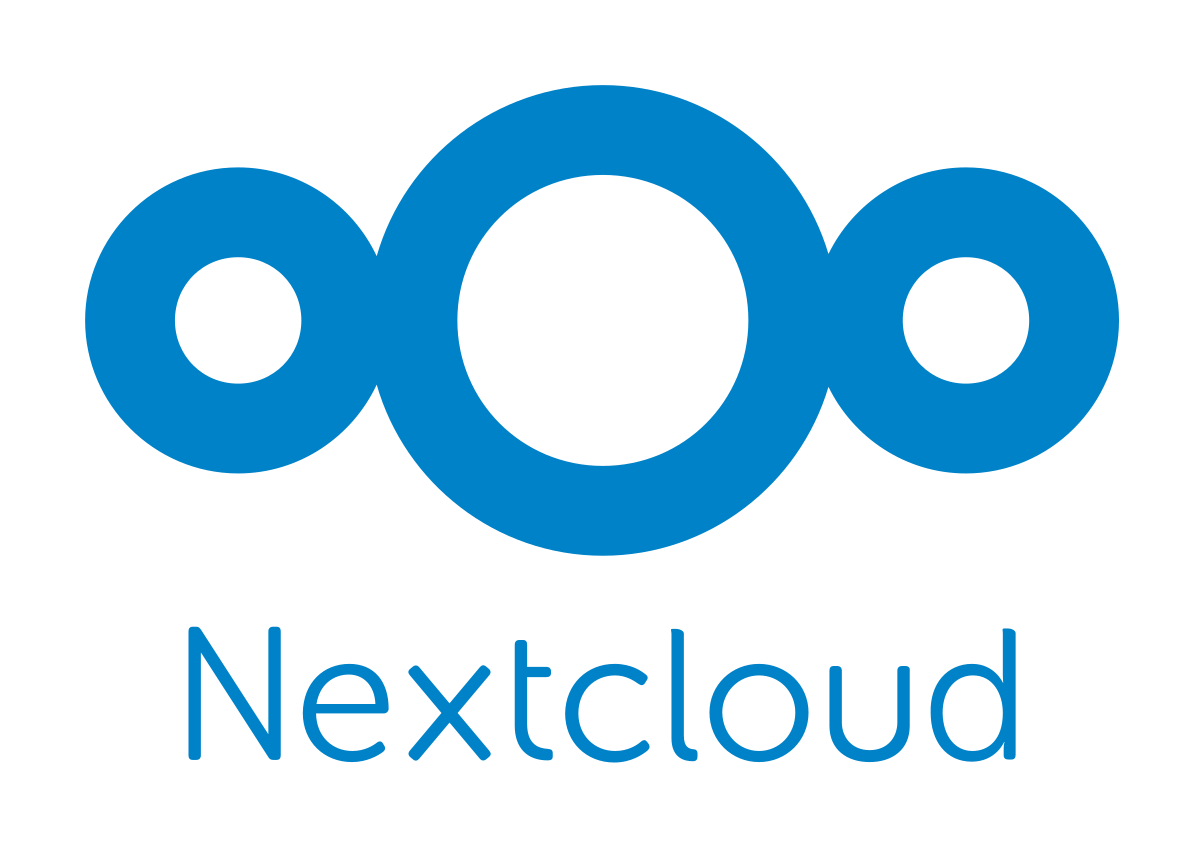nextcloud.com •
Docs •
Github •
Twitter
Nextcloud.com
This Docker micro-service image is developed and maintained by the Nextcloud community. Nextcloud GmbH does not offer support for this Docker image. When you are looking to get professional support, you can become an enterprise customer or use AIO.  
Before Deploying the application on NAPPTIVE first we need to create an OAM file(Open Application model) for doing this we need to create a YAML file in which we can add the component and properties required to migrate the application in OAM.
A Component represents a single microservice from the Application. To define it, select the type of component that adapts best to the use case, and define its properties. here I have choose webservice(Describes long-running, scalable, containerized services that have a stable network endpoint to receive external network traffic from customers)
After you've completed all of this, upload the yaml file to the NAPPTIVE platform and click the Deploy button.
Finally, you can see on the screen that your application is running.






